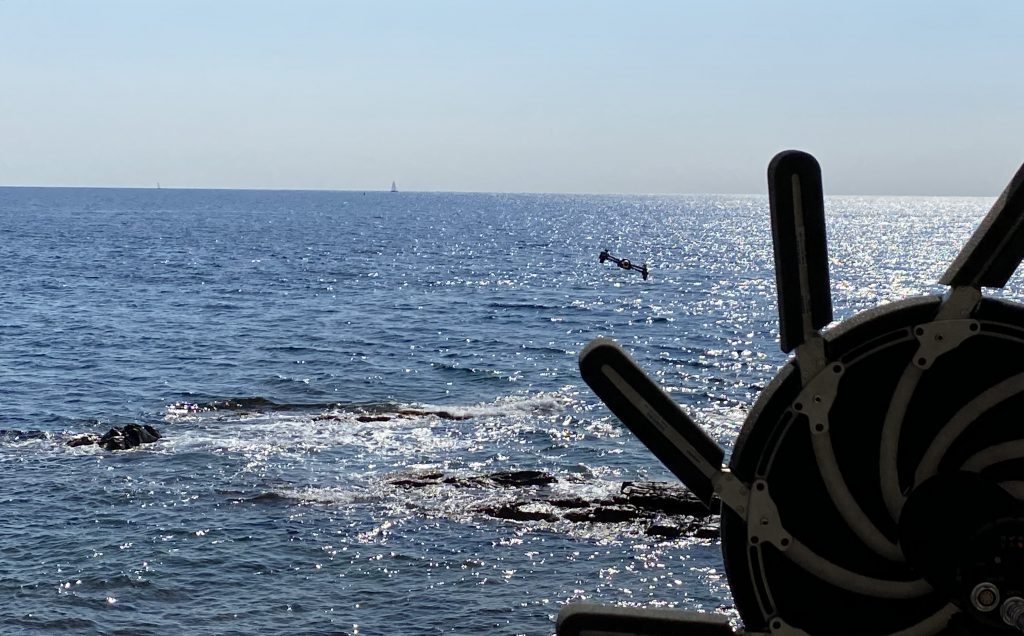
Alarm
Context and issues
Aerial drones as a threat to civil or military security have been in the news since 2014. Their detection, identification and neutralization are a priority, giving rise to numerous research projects, new structures and industrial products. Aerial drones and high-speed craft are 2 major components of a single asymmetrical threat that can be addressed by the usual techniques: radar, radio frequency and optoelectronic systems.
However, small craft, with a low temperature gradient and agile movement in complex environments, require multiple means to limit the number of false alarms or non-detections. Although the use of airborne acoustic signatures has often been cited, it only rarely integrated into land-based systems, due to the lack of mature technology and the fact that it has not yet been tested on ships.
Challenges
01
Countering asymmetric threats
02
Evaluating the threats
03
Connecting the acoustic sensor to a C2
Key development points
- Detect a threat despite the presence of disruptive sources and a noisy environment
- Classify identified devices (drones, jet-skis, etc.) according to their acoustic signature by means of learning
- Provide near-real-time information for reaction
Results and presentation
Work on data from measurements at sea using drones, jet-skis and zodiacs has validated a sufficient range in a very noisy environments to be of interest as a complement to other sensors.

